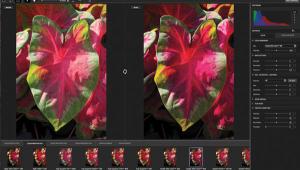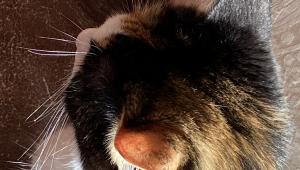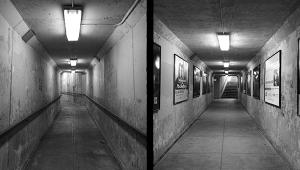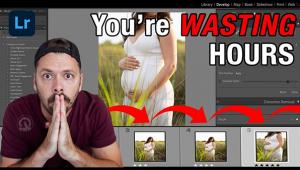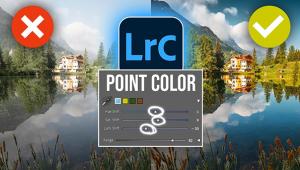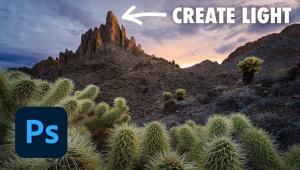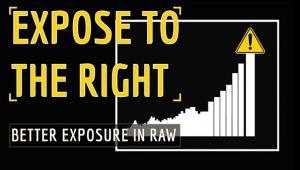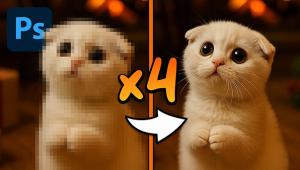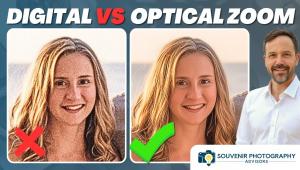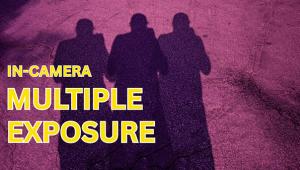Digital Diary; Manic Monday Or How I Learned To Stop Worring And Love Noise
Photos © 2004, Joe Farace, All Rights Reserved
"C'mon Honey, let's go make some noise."--The Bangles
Dear Diary: All digital cameras add noise to images. Like film grain, it's worse at high ISOs and is more noticeable in areas of uniform color, such as skies and shadows. Since noise can be objectionable, there are more than 20 different DNR (Digital Noise Reduction) software products available for Mac OS and Windows computers. I've tested many, but not all of them, and here's a short list in order of my preference. Keep in mind that your camera and the kind of images you make may be different than mine, so download a demo version of each product and try it yourself.
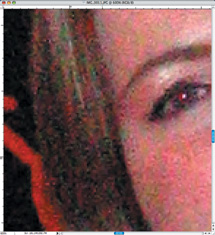 |
|
|
The Imaging Factory
Noise Reduction Pro (www.imagingfactory.com)
is the first noise reduction tool I reach for. For less than $100, this Photoshop
compatible plug-in reduces ISO noise, CCD color noise, JPEG artifacts, and color
fringing. Unlike the non-Pro ($39.95) version, it features separate controls
for luminance and color noise. While not the strongest grain removal product,
Noise Reduction Pro avoids the mushy look some noise reduction solution produce.
Which version do you need? Download 30-day demo versions of both plug-ins and
try them both.
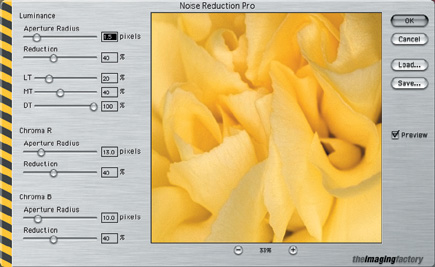 |
|
|
Visual Infinity
Grain Surgery (www.visinf.com)
can reduce digital noise and film grain. It will even add grain! This $179 Photoshop
compatible plug-in is an industrial tool and is priced like one, too. Grain
Surgery cleans up digital noise and film grain, reduces JPEG compression artifacts,
and can remove halftone patterns from scans. The interface provides easy access
to all settings, provides a wonderfully useful split-window preview, and lets
you save your settings and reload them later. You can even add grain and the
plug-in ships with presets for common film stocks. A Sample Grain module lets
you create and manage custom grain libraries pulled from your own images. The
Auto Match Grain module has one click duplication of grain from film, like Ilford's
3200, a personal favorite. As I was finishing this diary entry, Visual Infinity
announced a new plug-in called NoisEraser that uses Grain Surgery's noise
optimization technology and is aimed at DNR only.
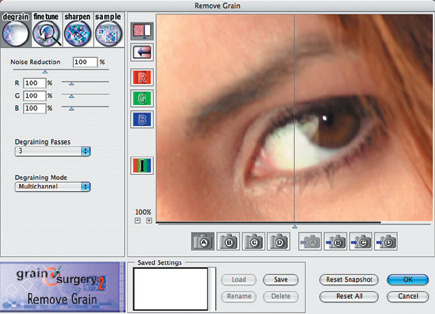 |
|
|
Applied Science Fiction
Kodak's (www.asf.com)
Austin Development Center a.k.a. Applied Science Fiction launched a $99 Digital
GEM Professional plug-in that supports 16-bit color images produced by high-end
digital capture devices. The Clarity control lets you customize the effects
by providing additional sharpening or softening to the overall image while the
Radius slider controls the area of surrounding pixels that are affected by the
sharpening/softening. The higher the radius, the more dramatic the effect will
be. A Noise Preview Screen shows the actual image noise/grain that will be affected
by your settings. A non-Pro version is also available for $49.95.
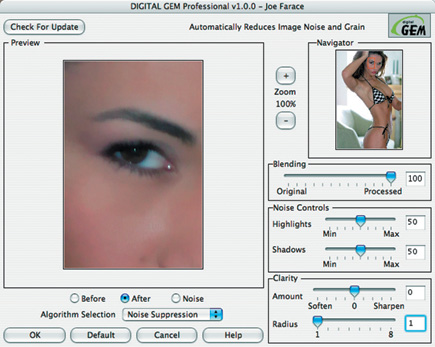 |
|
|
Picture Code
Unlike other products here, Noise Ninja (www.picturecode.com)
is a stand-alone application and is available in two versions. The $69 Professional
version works with 16-bit TIFF files (48-bits per pixel) and supports batch
processing and multiprocessor computers. The 8-bit home version costs $29. Noise
Ninja uses wavelet theory that improves the ability to automatically identify
and suppress noise at different frequencies, locations, and color channels.
Noise Ninja uses a proprietary type of wavelet analysis that avoids introducing
artifacts, such as ringing or blurring edges. To refine its noise reduction
capabilities, it uses camera profiles offered free on its website. The site
tells you how to build your own or Picture Code will even do it for you.
